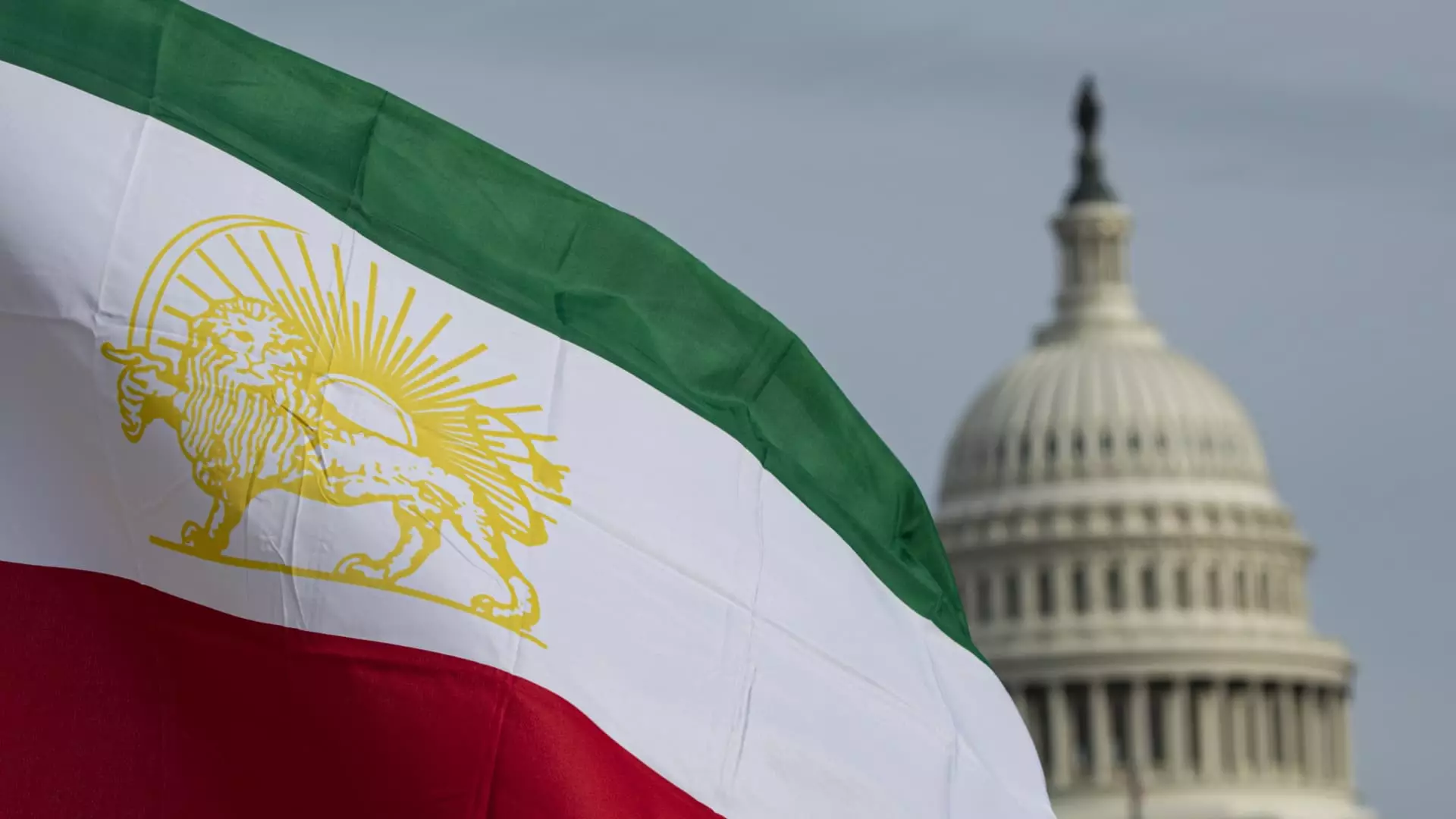In a world increasingly driven by the specter of nuclear escalation, the recent resumption of nuclear talks between Iran and the United States comes with both promise and peril. As the two nations prepare for their upcoming discussions in Europe, the diplomatic landscape remains fraught with tension and unpredictability. Having traversed a journey riddled with animosity and misunderstanding for decades, these negotiations reflect not only the geopolitical stakes involved but the complexities of human psychology—rooted in mistrust and self-interest. The assurance from U.S. President Donald Trump hinting at a potential breakthrough juxtaposed with Iranian Foreign Minister Abbas Araqchi’s extreme caution raises crucial questions about the nature of trust and the efficacy of diplomacy in crises of such magnitude.
Significant Divides in Perspectives
While both sides publicly express commitment to the dialogue, the stark differences in their expectations loom large. Araqchi’s statements reveal a cloud of skepticism hanging over any potential agreement, underscoring that skepticism is a significant form of realism in international relations. His assertion of cautious optimism suggests an awareness of the deeper psychological barriers that make genuine progress elusive. On the U.S. side, however, there appears to be a more buoyant outlook, as conveyed by a senior administration official who described the ongoing discussions as positive. This dichotomy highlights the fundamental asymmetry in perception—while the U.S. government clings to an almost naively optimistic view of the situation, Iran’s leaders approach the negotiation table with a heavy sense of the stakes involved, informed by a long history of failed diplomatic efforts.
The Role of Mediators
The inclusion of Oman as a mediator reflects a pragmatic approach to diplomacy that is often overlooked in high-stakes negotiations. Omani Foreign Minister Badr Albusaidi’s involvement has proven to be a stabilizing force, essential for facilitating open communication between the two rivals. This third-party engagement illustrates how, sometimes, the most effective negotiations occur away from the spotlight. Yet, it also compels us to question whether the current mediators, who may have their own interests at play, possess the capability to navigate the sharp and conflicting terrain of Iranian and American preferences. Grounded not in abstract ideals but in the realities of regional politics, Oman’s leadership in the negotiations provides a glimmer of hope but also serves as a reminder of the convoluted paths diplomacy must traverse.
The Dangers of Miscalculation
Unfolding alongside these diplomatic overtures, however, are the looming threats of military action and violent incidents that underscore the fragility of peace. The tragic explosion at Iran’s Shahid Rajaee port serves as a stark reminder that tensions can easily spiral out of control amidst negotiations. Such incidents heighten fears of miscalculation, where minor misunderstandings or provocative actions could escalate into full-blown conflict, effectively disarming the efforts of diplomats and undermining the tenuous trust being built through dialogue. The precarious balance between diplomacy and defiance becomes an ever-present risk that could derail the prospects of a meaningful agreement.
The Complexity of the Nuclear Discourse
At the heart of these discussions lies a complex web of issues, wherein the nuclear question intertwines with broader matters of sovereignty, security, and regional influence. The insistence from both sides—Iran steadfastly maintaining its right to pursue nuclear capabilities, contrasted against U.S. demands for cessation of uranium enrichment—exemplifies this intricate negotiation landscape. While Iranian officials regard the nuclear program as a sovereign right tied to national pride, the U.S. remains fixated on the dichotomy of proliferation versus non-proliferation, creating a strategic impasse. This divergence emerges as both a reflection of national identity and a negotiation tactic—a clashing of wills within the broader scope of realism in international relations.
The Path Ahead: Acknowledge the Realities
As the next round of talks approaches, the crucial task for both nations will be to bridge these ideological chasms. The reality is that while both sides have committed to diplomacy, they remain shackled by their historical narratives and the legacy of their past interactions. The potential for progress lies not in lofty ambitions but in the acknowledgment of mutual needs and fears. Navigating this terrain requires not only diplomatic agility but an unflinching understanding of the painful realities that have long defined the Iranian-American relationship.
Ultimately, the stakes transcend mere diplomacy; they encapsulate the human capacity for dialogue amid chaos. If the negotiators can focus on reducing tensions and identifying actionable outcomes, perhaps glimpse a future where nuclear threats are contained—not merely through agreements, but through a genuine understanding of collective security needs and values.


Leave a Reply